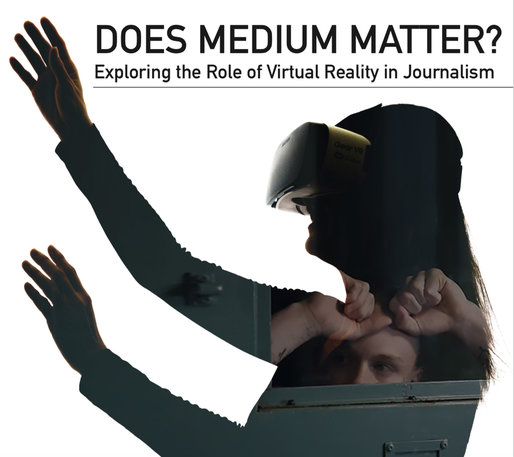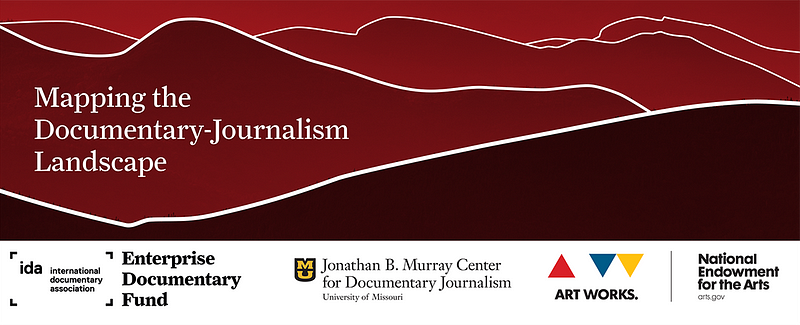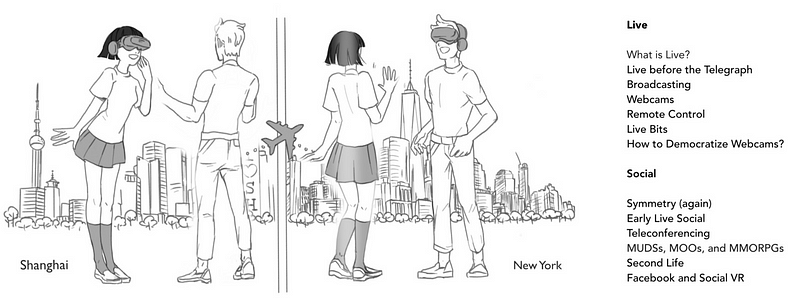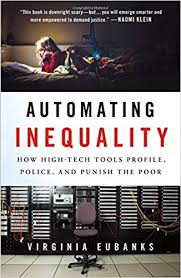Immerse issue # 16: Research roundup
This issue of Immerse is heavy into research, from Dan Archer’s dismantling of the metrics of VR empathy to Pat Aufderheide’s call for more rigorous analysis. Below, we highlight recent studies and books that have caught the eyes of our editors:

How well does room-scale VR work? A study by the Media Impact Project at USC Annenberg’s Norman Lear Center of two FRONTLINE productions found that room-scale VR was effective for creating a sense of spatial presence, and encouraging participants to focus on their own perspectives and experiences—although the novelty of the technology might distract users from absorbing complex information
Dissecting “immersive documentary encounters” A collaborative research project, Virtual Realities brings together researchers from the University of the West of England, University of Bath and the University of Bristol to better understand how the social and cultural contexts of nonfiction VR might inform audiences’ experiences. Led by i-Docs’ Mandy Rose, this qualitative process will engage up to eighteen households from four communities to elicit responses from members of the general public, and to understand how VR consumption affects their activities and their media literacy.
Experience on Demand The latest book by Jeremy Bailenson—the founding director of Stanford’s Virtual Human Interaction Lab—examines the psychological effects of virtual reality, and its potential for therapy, learning, fitness, creativity and more.,
Seven ways to build stories for social good Researchers at the University of Florida just launched this site, packed with scholarship about how “brains work to tell stories that are more compelling, memorable, inspiring and likely to be re-told or shared,” and how “to identify stories that are likely to have meaning for those we’re trying to connect with.”

What can documentarians learn from journalists? Reporters and documentary makers face a lot of the same challenges: interviewing sometimes hostile subjects, checking facts, sifting through public records and more. Working with the University of Missouri’s Jonathan B. Murray Center for Documentary Journalism, the International Documentary Association has released this useful guide.
Rising forms of networked journalism A report by Columbia Tow Center fellow Carlos Marinez De La Serna describes emerging collaborative practices in journalism as a new journalistic commons. “Connecting news media to the vocabulary of the commons provides a rich framework to analyze the impact of networked forms of collaboration in reshaping the infrastructure for journalism.”

VR/AR fundamentals In this Medium series, artist and scholar Michael Naimark documents a class he’s teaching for NYU Shanghai’s Interactive Media Arts group.
What’s next for digital docs? A new book, Interactive Documentary and the Connected Viewer Experience, by Giuliana Cucinelli, Émilie René-Véronneau, and Belinda Oldford features interviews with interactive documentarians Katerina Cizek, Brett Gaylor, Jeff Soyk and Florian Thalhofer.

The social costs of AI Automating Inequality: How High-Tech Tools Profile, Police, and Punish the Poor by Virginia Eubanks, an Associate Professor of Political Science at the University at Albany, SUNY, warns of the dangers of automating poverty management.
Updated May 22, 2018
Immerse is an initiative of the MIT Open DocLab and The Fledgling Fund. Learn more about our vision for the project here.